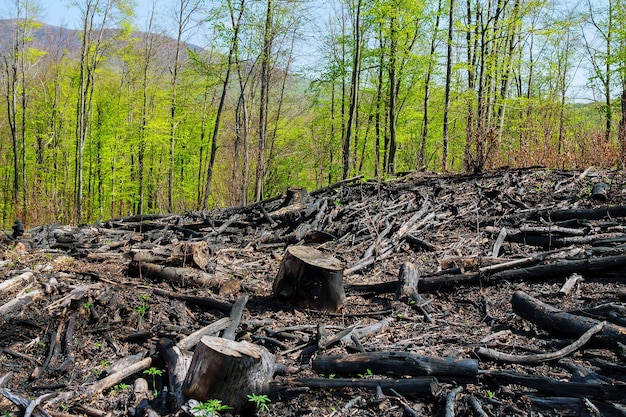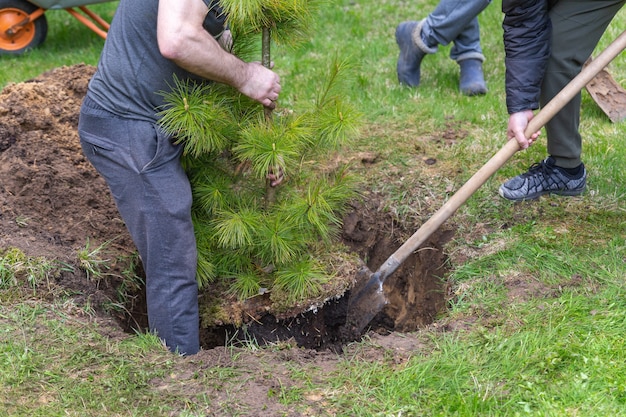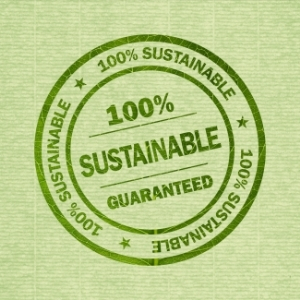In between tackling climatic change and its after-effects, we ignore another crucial aspect of the environment, Forests. Maintaining forest sustainability is integral for the perfect ecological balance and increasing the country’s green cover.
The following articles explore the same, what is done to maintain sustainability, and what needs to be done.
First, let’s understand what Forest Sustainability is?
Forest sustainability or Sustainable Forest Management (SFM) manages the three main pillars of a forest, i.e., ecology, economy, and socio-culture, through sustainable development principles.
Forests are significant as they are the source of:
- Water
- Food
- Employment
- Habitat, etc.
They also play a significant role in preventing climatic changes. For example, India’s Intended Nationally Determined Contribution (INDCs) said that reforestation might provide a 33% solution to potential carbon emissions.

But various threats are hovering over the forests worldwide that need to be looked upon immediately. For example,
- Illegal logging of wood, timber,
- Deforestation,
- Artificial forest fire,
- Corruption in the forest goods production cycle, etc., is shifting the government’s focus from setting off climatic changes.

The first considerable step towards forest sustainability was taken in 1992 in UN Conference on Environment and Development, where ‘Forest Principles,’ a non-legally binding document to conserve, sustain, and develop forestry at regional, country, and global levels.
Afterward, various other policies, documents, campaigns started to continue with the legacy to save forestry. For example:
- In 2007, the UN adopted a non-legally binding instrument on all types of forests.
- Sustainable Development Goal, 2015, with the mission to restore terrestrial land and combat desertification, played an integral role in SFM.
India has various state and central level laws to save terrestrial land like:
- Indian Forest Act, 1972,
- Forest Conservation Act, 1980,
- National Forestry Policy, 1988, etc.
They have declared fourteen bio reserves and are also looking to adopt scientific forestry.
India is also focusing on creating an additional 2.5 to 3 billion tonnes of carbon sink to raise India’s green land between 2021 to 2030.
Apart from following government regulations routinely, some other steps should also be followed to conserve forests.
- Afforestation
To make up for the already destroyed land, plant the tree according to the surrounding geographic and climatic situation. If the area cannot be reforested through natural methods, artificial methods like aerial seeding, machine planting, etc., can be opted.

- Proper utilization of forest goods
Except for the logs, everything turns into debris to make wooden products. Therefore, we need to look for different techniques to utilize the waste generated appropriately. Also, try to buy forest-friendly products to reduce deforestation.

- Try volunteering
There are various NGOs and foundations that are supporting forest health financially and systematically. You can also look for one around you and be their volunteering member. With it, you can reach out to more people, schools, and institutions and spread awareness to protect forests.

- Check for sustainability label
As a customer, you should always check if the product is certified as per environmental standards before buying. Most of the goods don’t have labels, so you should ask the shopkeeper to have certified goods as it is vital to educate them about this matter.

- Go digital
To limit green land destruction, switch to paperless activities. For example, pay bills online, read at a library or read digital books, use double-sided paper, use cloth bags, etc.

Developing countries face more issues while tackling these problems compared to developed countries. But determination and willingness can make anything possible.
Our co-operation with government and non-profit environment organizations is valuable and can make a tremendous change in conserving forests.
Hence, bring out support in any way you can save our green cover, improving forest connectivity and biodiversity.















